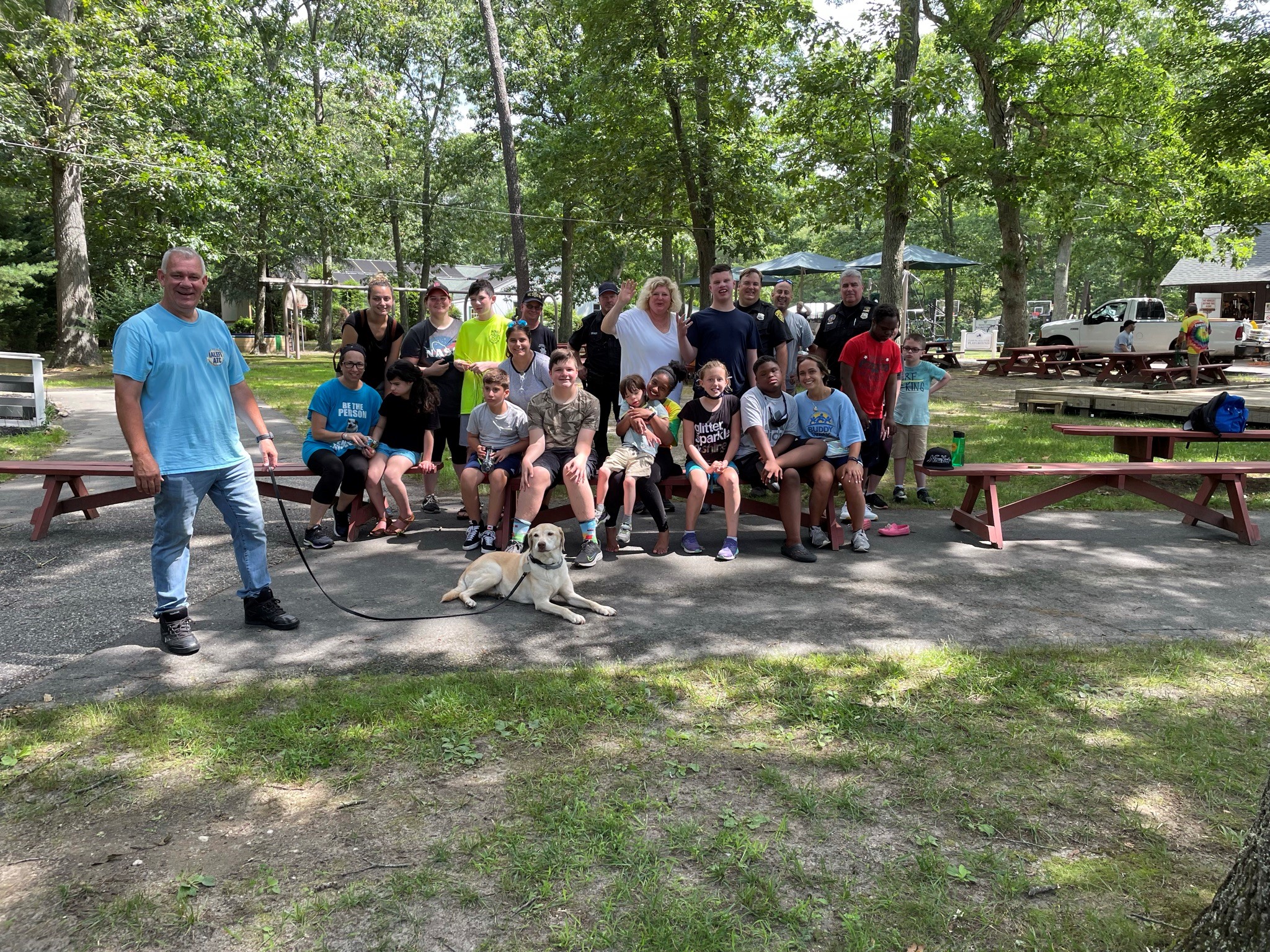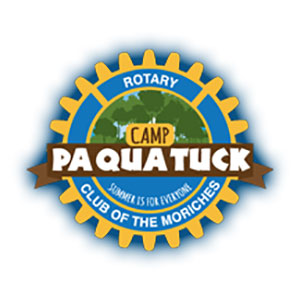Over the last two years, employees have come to appreciate the benefits to a fully remote or hybrid work environment. These benefits include saving time commuting, more productivity, schedule flexibility, and better work / life balance. A vast majority of workers do not want to relinquish these benefits as we begin to migrate back into the office. According to Payscale’s 2021 State of Remote Work Report, 43% of employees expect more remote work options moving forward. Yes – remote work is here to stay. Considering the high number of employees anticipating opportunities for remote work and the bourgeoning talent retention challenges from the Great Resignation, organizations must consider how they will respond. In this Astronology®, we’ll briefly discuss a weakness many organizations are facing in connection with the recent demand for remote and hybrid work environments, and some compensation options to deal with this new work environment.
Three Common Approaches to Remote Work Base Pay Compensation
Payscale’s 2021 State of Remote Work Report exposed a weakness many organizations possess: 81% of surveyed organizations did not have a compensation strategy that incorporates any form of remote work. Let’s begin by considering what compensation approaches could be used for those opting to provide a fully remote and / or hybrid working environment. There are three common approaches to remote work compensation:
Establishing pay based on where the employees live – Using this approach allows the organization to incorporate the cost of living where the employee lives. This is a major concern for employees that live in locations with a high cost of living. They will find this approach beneficial as it guarantees they will at least earn a wage that will allow them to maintain their current living conditions. A disadvantage to this approach is that staff with the same tasks / job title, but with a lower wage due to their location, may feel negatively impacted. In time, this approach can lead to low employee morale and a lack of motivation.
Establishing pay based on the location of the organization – This approach involves using the organization’s headquarters as the benchmark for base pay. Doing so could eliminate unfair pay issues as employees with similar responsibilities would have the same pay – regardless of where they are located. Organizations must keep in mind that this approach could result in talent retention issues. For example, remote workers from a high cost of living area may not be inclined to work for an organization that has its pay centered on a lower cost of living headquarters.
Establishing pay based on the national pay average – A third approach could be to use the national average as the benchmark for base pay. While using the national average seems to be a fair approach, be mindful that workers from locations of high cost of living may find themselves being paid lower than their location’s cost of living. To alleviate this, some organizations have offered a 15% to 20% premium to workers from major cities such as New York and San Francisco. This approach also means workers from rural areas may possibly gain a bump in pay if the national average is higher than the local average.
Incorporating Total Rewards into Compensation for Remote Employees
Regardless of your stance for a fully remote, hybrid, or fully in office work environment, Astron recommends constructing your compensation philosophy on Total Rewards – no matter the industry or the workforce population. Total Rewards is the combination of benefits, compensation, and other rewards that an employee receives for their work. By combining both the intrinsic and extrinsic rewards and providing transparent messaging of these rewards, employees can see the bigger picture of how the organization values their contributions.
The main purpose of a total rewards compensation strategy is to help organizations strike the perfect balance of budget constraints and organizational culture, mission, and goals. By thinking about direct and indirect forms of compensation strategically, organizations can develop more effective compensation plans that support long-term engagement goals while also making the most of available resources. With this new phase of hybrid work environments, incorporating a total rewards approach to compensation may provide the best solution for both employers and employees.
Is your organization part of the 81% that does not have a compensation plan in place that considers remote compensation? Contact us today to learn how you can update your compensation program to reflect our ever changing world.
Is your organization part of the 19% that does incorporate geography into pay? Share your thoughts with us in the comment box below!









